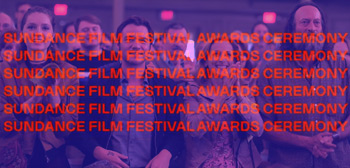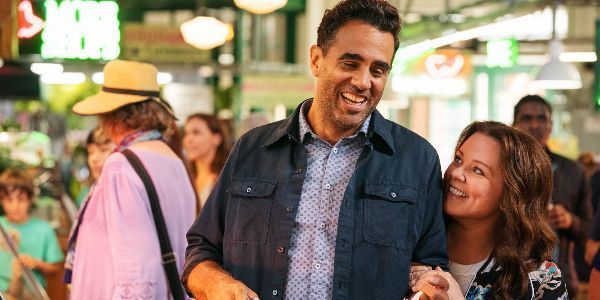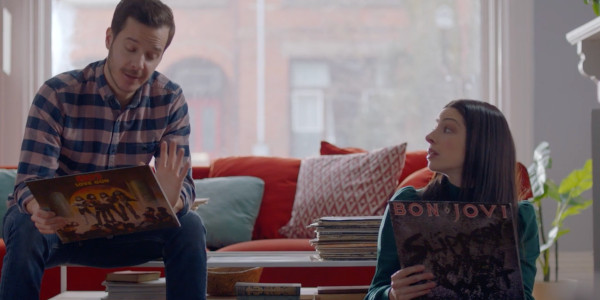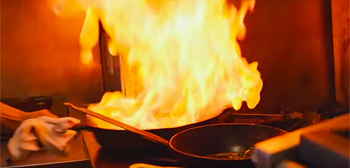How Did Madagascar Become the World’s Biggest Producer of Vanilla?
It’s pretty likely that there is exactly one product from Madagascar in your home right now—no more, no less. That product is vanilla, and Madagascar is at the moment the world’s leading producer of this ubiquitous natural flavor—despite the fact that Madagascar is a very strange country to be the world’s leading producer of vanilla.
Vanilla, at least the vanilla we eat, is not native to Madagascar; it originated some 10,000 miles away. Madagascar is also a chaotic place to do business, as an article in The Economist’s 1843 Magazine showed in 2019. The modern vanilla industry in Madagascar involves crushing poverty, splurge-producing wealth, theft, murder, and money laundering—in addition to natural disasters and the leveling of pristine forests.
Vanilla is inexorably intertwined with food trends, colonialism, slavery, and capitalism at its most rank. Vanilla is the second-most-expensive spice in the world—saffron maintains that crown—and there’s nothing boring about it.
The vanilla family is made up of around 110 different species of orchid, found worldwide under the right conditions. Those conditions are basically hot and wet, so vanilla orchids thrive around the equator, from tropical Latin America to Southeast Asia to West Africa. They produce a range of fruits, generally sort of elongated, bean- or banana-like in shape, and usually green in color. Of all the orchid species, which number in the tens of thousands, vanilla is the only one that has a fruit that’s considered edible, or at least that’s regularly eaten.
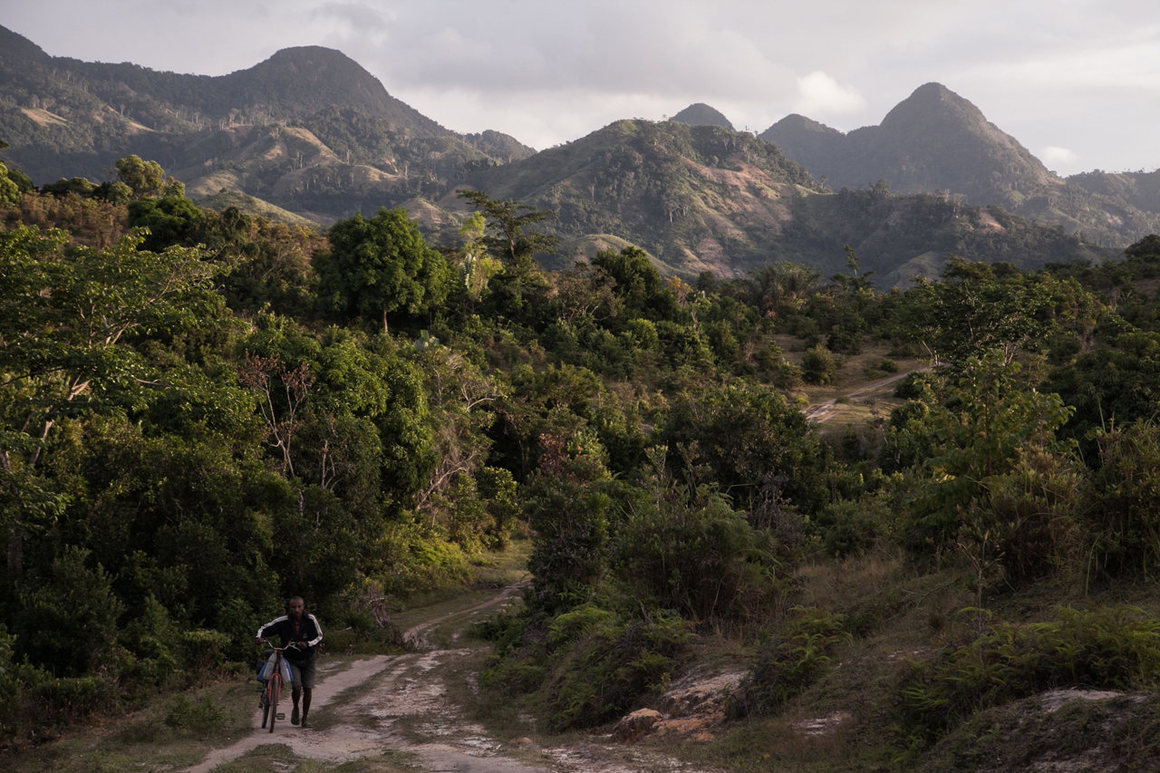
“There are hundreds of vanilla varieties growing [in the wild] worldwide, but only in the Americas, according to every scientist I’ve talked to—and I’ve talked to a lot of them—it’s only in the Americas that vanilla has the flavor and fragrance,” says Patricia Rain, the author of Vanilla: The Cultural History of the World’s Favorite Flavor and Fragrance and one of the world’s foremost experts on the spice. (She sometimes goes by “The Vanilla Queen.”) The most important among all of these varieties is Vanilla planifolia, which is a vine, and needs some kind of support. One commonality amongst most orchids, and one shared by this species, is that V. planifolia is a ridiculous pain to grow in any volume.
For one thing, this vanilla plant flowers only briefly, for a few hours, and pollination must occur at that time. Pollination itself is so difficult that it makes you wonder whether the plant has any interest in reproduction at all. It’s still not entirely clear how it gets pollinated in the wild. Generally it’s believed that a single type of small, stingless Mexican bee is responsible, and possibly some hummingbirds, but nobody’s really been been able to figure out how to get vanilla pollinated naturally in any farm-like setting.
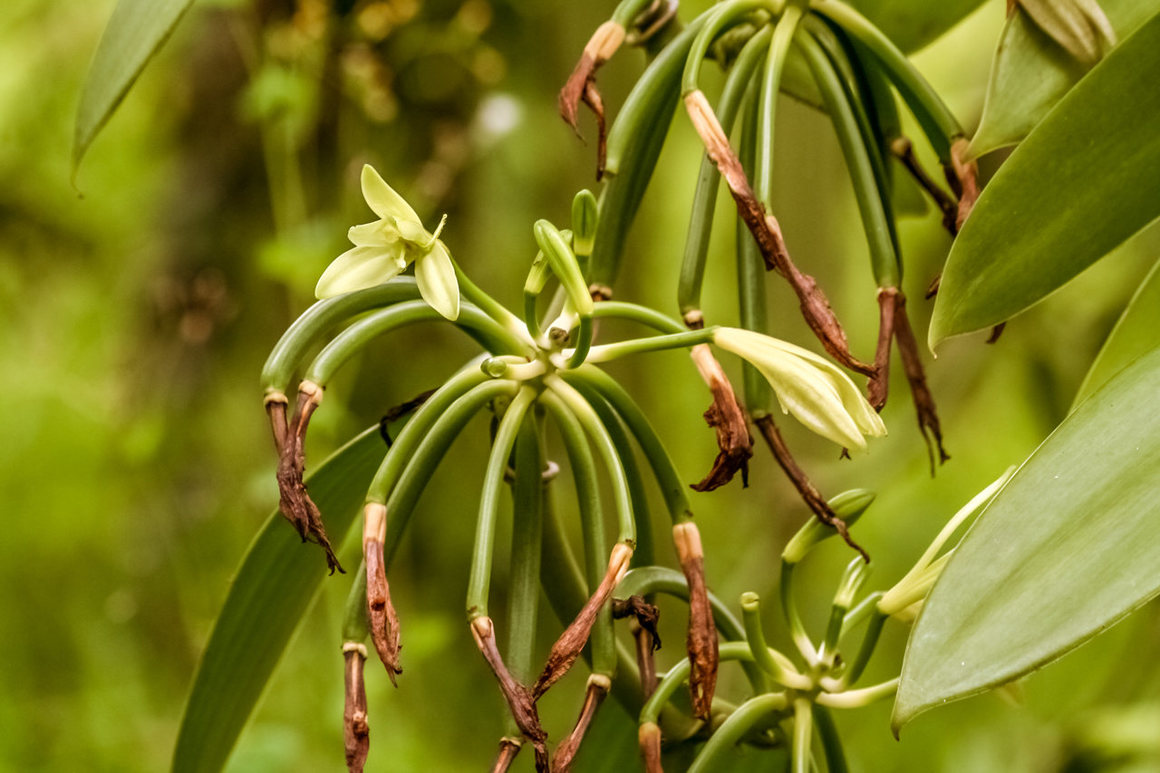
This has severely hampered the vanilla industry for most of its history. The various people who lived where wild vanilla grows, in modern-day southeastern Mexico, gathered it from the forests. Even assuming you can actually get a vanilla fruit, it’s a laborious process to make the spice from it, because the green vanilla fruit has little to no vanilla flavor. That flavor, largely though not entirely, comes from a chemical compound called vanillin, which only emerges after the beans have been boiled, maybe roasted, and then dried until they become oily and black.
Vanilla was used by the Totonacs and Aztecs for ceremonial and scent purposes, and in a couple of beverages, most notably chocolate drinks and atole, a drink made from ground corn. It ended up in Europe thanks to the Spanish, who brought it back from the New World along with chocolate and chili peppers and tomatoes and all kinds of other stuff.
Europeans found many more uses for vanilla, most notably combining it with another colonial product, sugar from the new sugarcane plantations in the West Indies, to make vanilla desserts that became popular among those who could afford them, which was really only the very rich and powerful. This is around the time when the first recipes for vanilla ice cream, crème brûlée, and other vanilla-tinged dishes were created.
“What happened is very personal and very sad to me, because we’re losing the Mexican vanilla culture,” says Rain. The Mexican Revolution broke out in 1910, and bloody, awful civil war battles sprang up throughout the country. They reached the vanilla-growing districts by around 1914, shutting down the farms. It would theoretically have taken years, probably decades, to recover, but Mexico never had a chance to do that. In 1932, huge oil reserves were discovered in Poza Rica, just a few miles from Papantla, the center of Mexican vanilla production.
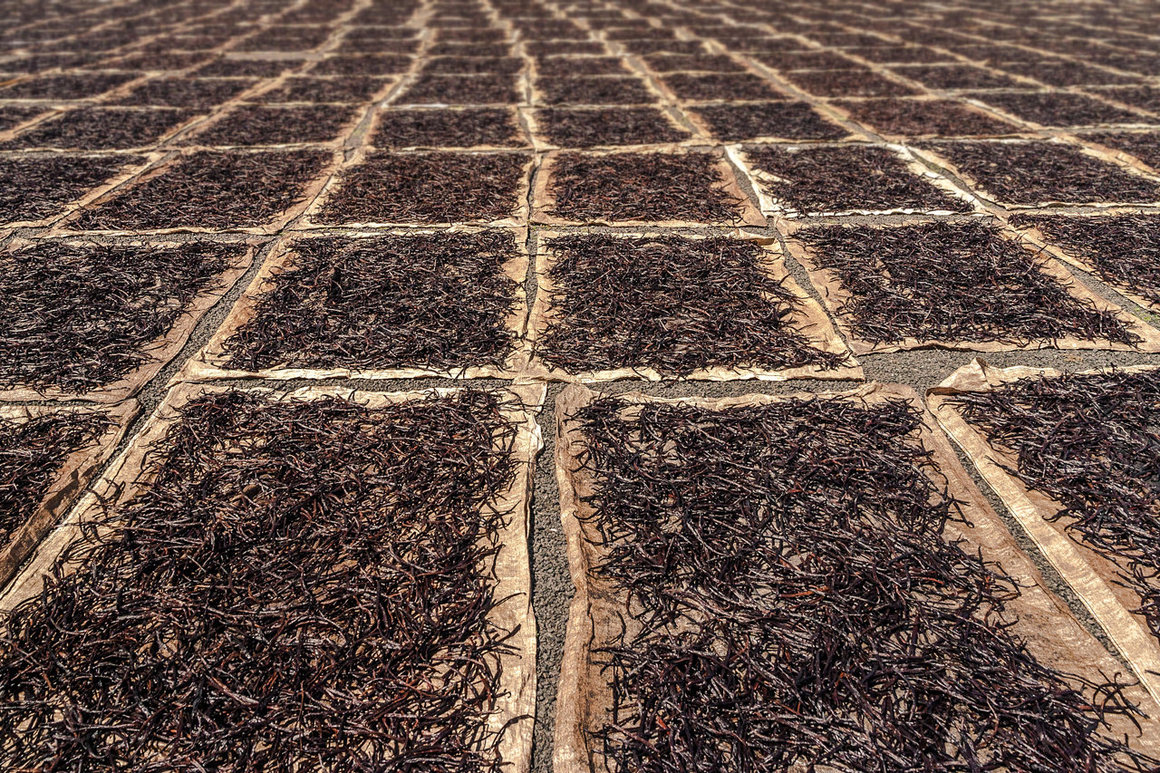
Vanilla might be valuable, but nothing can compete with the allure of oil, especially for a country that borders, and whose fate is so intertwined with, the United States. Mexico began clear-cutting everything in sight to get at this commodity. The land was too valuable for any agricultural crop, and besides, the mass deforestation of tropical Mexico had changed the ecosystem and made it difficult to grow vanilla at all. Without the forests, vanilla orchids had no place to climb, and without the trees, humidity dropped dramatically, creating an unfriendly environment for the moisture-loving plants. Mexico was hobbled.
By this time, there was another huge threat to the vanilla industry, in the form of synthetic vanilla. Vanillin had first been synthesized in 1874 from pine tree bark, and by the early 1900s was flooding the market. The early decades of the 20th century were a boom for artificial flavor discoveries, and nobody was exactly sure how to label them properly. Synthetic vanillin was becoming far cheaper than vanilla. It was a perfect disaster.
Starting in the 1960s, the United States began to require the labeling of artificial flavors, including synthetic vanillin. To go along with that, in 1968, the Vanilla Alliance, a France-based consortium of Madagascar vanilla producers, created the Vanillamark, a label theoretically designed to tell consumers when they were getting real vanilla rather than synthetic vanillin. In reality, the Vanillamark only applied to vanilla from Madagascar—not from Tahiti or Papua New Guinea, and certainly not from the struggling, once-mighty Mexico.

The Vanillamark also carried a marketing campaign from a New York public relations firm that heavily promoted the wonders of pure Madagascar vanilla. The ads were paid for with a tax, very similar to the checkoff programs used in American agriculture. You know those “Got Milk?” ads? If you’ve ever wondered who pays for those, here’s the answer: You do. Milk producers have to pay a certain tax for this on all the milk they sell, which they generally pass on to the consumer, and that money goes to pay for promotional tactics. In the United States, these checkoff programs are legally mandatory, which is kind of insane. For Vanillamark, which is an international program, it was optional, and some retailers did opt out. But while Vanillamark existed, into the 1980s, it had the effect of forever tying Madagascar and vanilla in the minds of those who purchase it. “That’s why so many people have no idea that vanilla is actually a food of the Americas,” says Rain. “They actually think it’s from Madagascar.”
Today Madagascar remains atop the heap of vanilla-producing countries for a few reasons. It still has a good climate for growing vanilla, and some areas are still forested enough for the orchid vines to be comfortable. And wages in Madagascar are wildly, insultingly low. According to Bloomberg, the minimum wage for agricultural work in Madagascar is $0.18 an hour, some 10 to 15 times lower than other vanilla-growing nations.
The challenges remain as well. For importers, largely European and American, prices are unpredictable and require constant vigilance and risk-taking. Vanilla’s price can spike to $600 a pound and then drop the following week to $20 a pound, prompting wild gambling on what are essentially vanilla futures. That problem, though, pales in comparison to the truly insane lives of Madagascar vanilla farmers, who may have to sleep next to their crops with a machete in hand to ward off thieves, will almost certainly not have access to a bank and are thus at risk for home robberies, are subject to price fluctuations that have little to do with the quality or even quantity of their product, and, of course, are paid a dollar per day for the world’s second-most-valuable spice.
